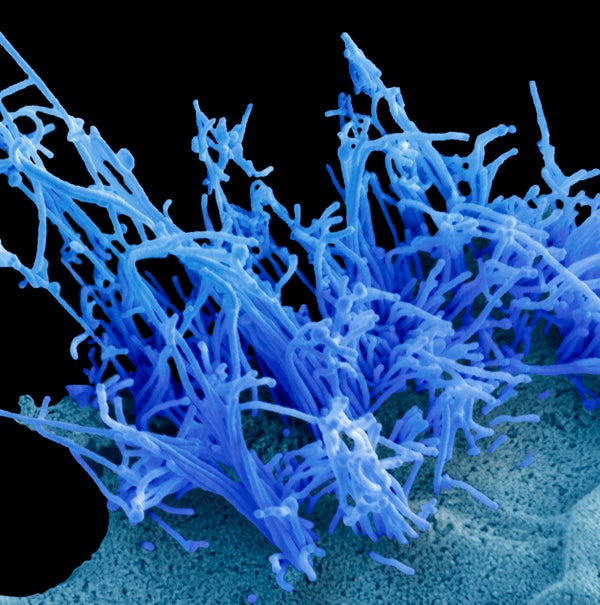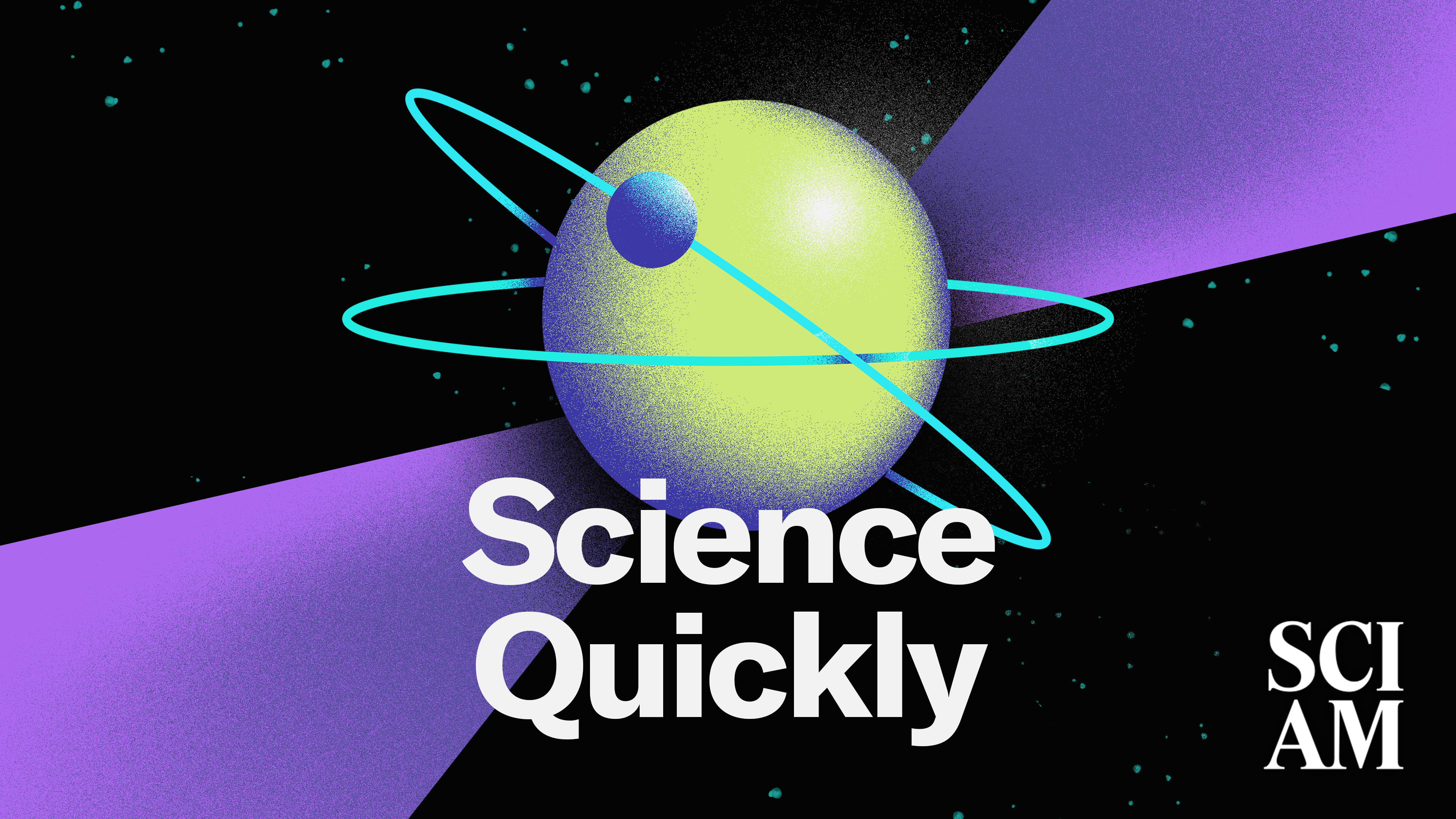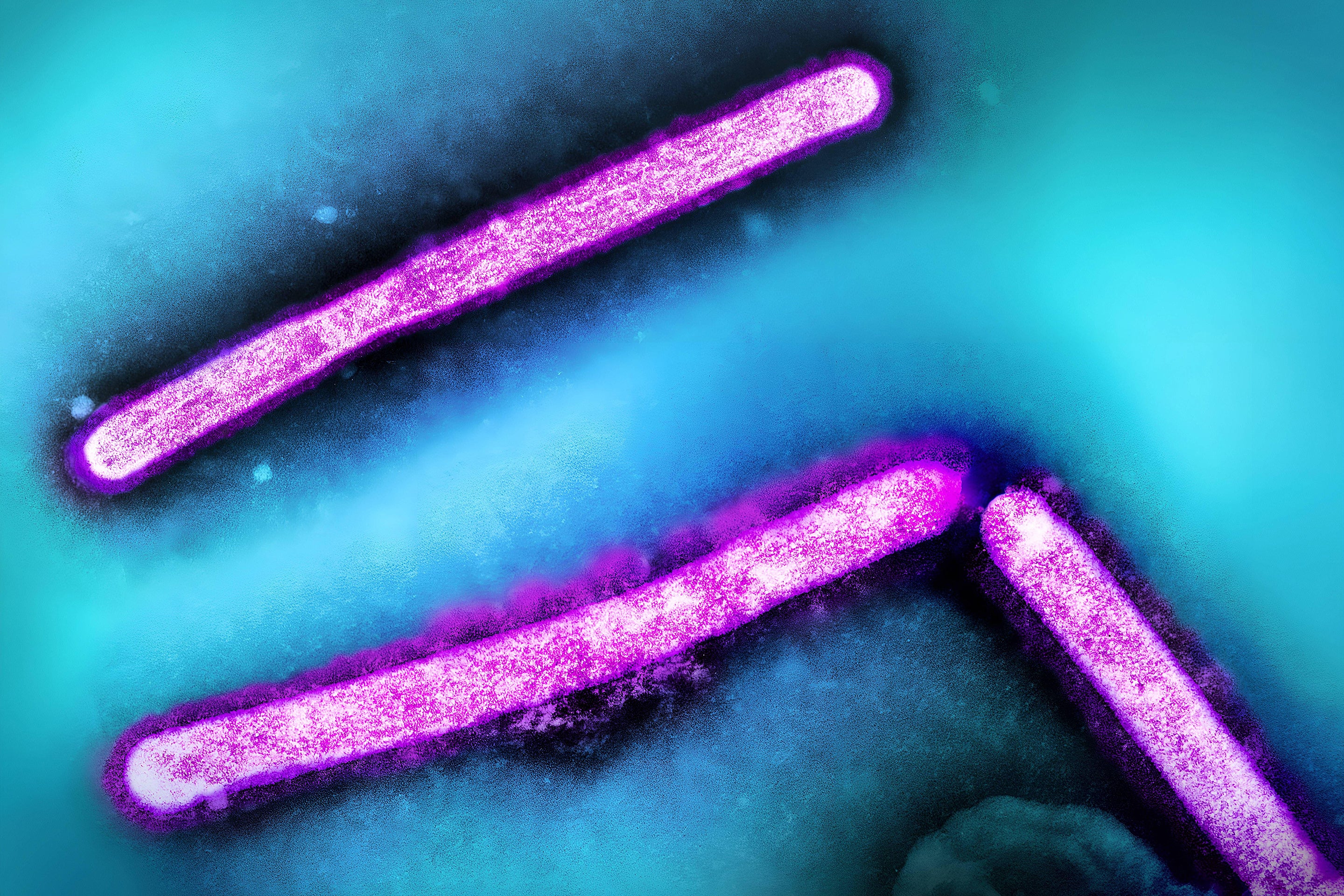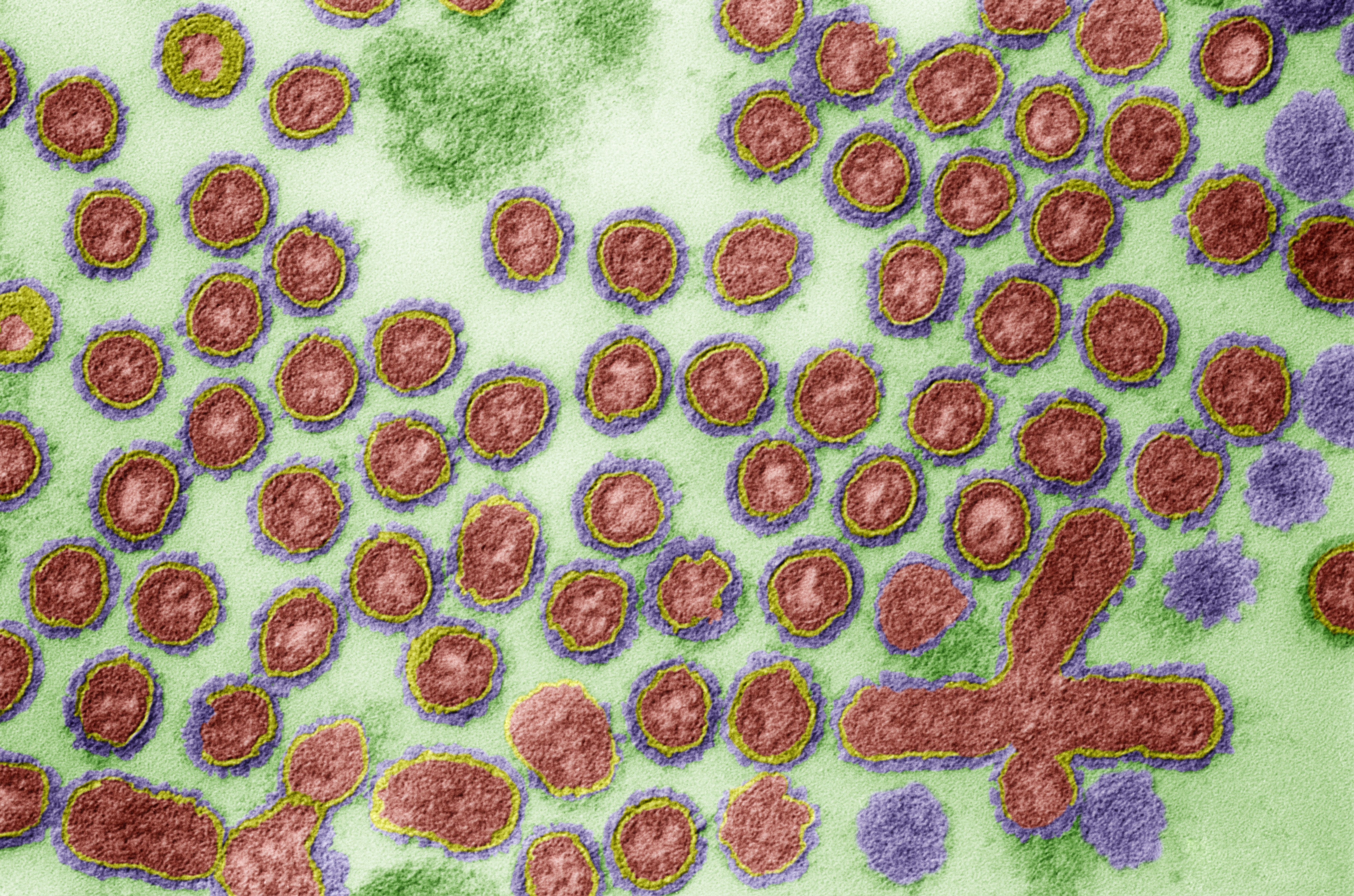NASA astronauts Suni Williams, left, and Butch Wilmore stand together for a photo enroute to the launch pad at Space Launch Complex 41 Wednesday, June 5, 2024, in Cape Canaveral, Fla., for their liftoff on the Boeing Starliner capsule to the international space station. (AP Photo/Chris O’Meara, File)
In this photo provided by NASA, Boeing Crew Flight Test astronauts Butch Wilmore, left, and Suni Williams pose for a portrait inside the vestibule between the forward port on the International Space Station’s Harmony module and Boeing’s Starliner spacecraft on June 13, 2024. (NASA via AP, File)
This image made from a NASA live stream shows NASA astronauts Suni Williams and Butch Wilmore during a press conference from the International Space Station on Friday, Sept. 13, 2024. (NASA via AP, File)
In this image released by NASA, NASA astronauts Suni Williams and Butch Wilmore, both Expedition 71 Flight Engineers, make pizza aboard the International Space Station’s galley located inside the Unity module on Sept. 9, 2024. Items are attached to the galley using tape and velcro to keep them from flying away in the microgravity environment. (NASA via AP, File)
BY MARCIA DUNN
December 5, 2024
CAPE CANAVERAL, Fla. (AP) — Known across the globe as the stuck astronauts, Butch Wilmore and Suni Williams hit the six-month mark in space Thursday with two more to go.
The pair rocketed into orbit on June 5, the first to ride Boeing’s new Starliner crew capsule on what was supposed to be a weeklong test flight. They arrived at the International Space Station the next day, only after overcoming a cascade of thruster failures and helium leaks. NASA deemed the capsule too risky for a return flight, so it will be February before their long and trying mission comes to a close.
While NASA managers bristle at calling them stuck or stranded, the two retired Navy captains shrug off the description of their plight. They insist they’re fine and accepting of their fate. Wilmore views it as a detour of sorts: “We’re just on a different path.”
“I like everything about being up here,” Williams told students Wednesday from an elementary school named for her in Needham, Massachusetts, her hometown. “Just living in space is super fun.”
Both astronauts have lived up there before so they quickly became full-fledged members of the crew, helping with science experiments and chores like fixing a broken toilet, vacuuming the air vents and watering the plants. Williams took over as station commander in September.
RELATED STORIES
NASA astronaut in hospital after returning from extended stay in space
NASA astronauts won't say which one of them got sick after almost 8 months in space
Billionaire who performed the first private spacewalk is Trump's pick to lead NASA
“Mindset does go a long way,” Wilmore said in response to a question from Nashville first-graders in October. He’s from Mount Juliet, Tennessee. “I don’t look at these situations in life as being downers.”
Boeing flew its Starliner capsule home empty in September, and NASA moved Wilmore and Williams to a SpaceX flight not due back until late February. Two other astronauts were bumped to make room and to keep to a six-month schedule for crew rotations.
Like other station crews, Wilmore and Williams trained for spacewalks and any unexpected situations that might arise.
“When the crews go up, they know they could be there for up to a year,” said NASA Associate Administrator Jim Free.
NASA astronaut Frank Rubio found that out the hard way when the Russian Space Agency had to rush up a replacement capsule for him and two cosmonauts in 2023, pushing their six-month mission to just past a year.
Boeing said this week that input from Wilmore and Williams has been “invaluable” in the ongoing inquiry of what went wrong. The company said in a statement that it is preparing for Starliner’s next flight but declined comment on when it might launch again.
NASA also has high praise for the pair.
“Whether it was luck or whether it was selection, they were great folks to have for this mission,” NASA’s chief health and medical officer, Dr. JD Polk, said during an interview with The Associated Press.
On top of everything else, Williams, 59, has had to deal with “rumors,” as she calls them, of serious weight loss. She insists her weight is the same as it was on launch day, which Polk confirms.
During Wednesday’s student chat, Williams said she didn’t have much of an appetite when she first arrived in space. But now she’s “super hungry” and eating three meals a day plus snacks, while logging the required two hours of daily exercise.
Williams, a distance runner, uses the space station treadmill to support races in her home state. She competed in Cape Cod’s 7-mile Falmouth Road Race in August. She ran the 2007 Boston Marathon up there as well.
She has a New England Patriots shirt with her for game days, as well as a Red Sox spring training shirt.
“Hopefully I’ll be home before that happens -- but you never know,” she said in November. Husband Michael Williams, a retired federal marshal and former Navy aviator, is caring for their dogs back home in Houston.
As for Wilmore, 61, he’s missing his younger daughter’s senior year in high school and his older daughter’s theater productions in college.
“We can’t deny that being unexpectedly separated, especially during the holidays when the entire family gets together, brings increased yearnings to share the time and events together,” his wife, Deanna Wilmore, told the AP in a text this week. Her husband “has it worse than us” since he’s confined to the space station and can only connect via video for short periods.
“We are certainly looking forward to February!!” she wrote.
THE CONVERSATION
The NASA project NEOWISE, which has given astronomers a detailed view of near-Earth objects -- some of which could strike the Earth -- ended its mission and burned on reentering the atmosphere after over a decade.
On a clear night, the sky is full of bright objects -- from stars, large planets and galaxies to tiny asteroids flying near Earth. These asteroids are commonly known as near-Earth objects, and they come in a wide variety of sizes. Some are tens of kilometers across or larger, while others are only tens of meters or smaller.
On occasion, near-Earth objects smash into Earth at a high speed -- roughly 10 miles per second (16 kilometers per second) or faster. That's about 15 times as fast as a rifle's muzzle speed. An impact at that speed can easily damage the planet's surface and anything on it.
Impacts from large near-Earth objects are generally rare over a typical human lifetime. But they're more frequent on a geological timescale of millions to billions of years. The best example may be a 6-mile-wide (10-kilometer-wide) asteroid that crashed into Earth, killed the dinosaurs and created Chicxulub crater about 65 million years ago.
Smaller impacts are very common on Earth, as there are more small near-Earth objects. An international community effort called planetary defense protects humans from these space intruders by cataloging and monitoring as many near-Earth objects as possible, including those closely approaching Earth. Researchers call the near-Earth objects that could collide with the surface potentially hazardous objects.
NASA began its NEOWISE mission in December 2013. This mission's primary focus was to use the space telescope from the Wide-field Infrared Survey Explorer to closely detect and characterize near-Earth objects such as asteroids and comets.
NEOWISE contributed to planetary defense efforts with its research to catalog near-Earth objects. Over the past decade, it helped planetary defenders like us and our colleagues study near-Earth objects.
Detecting near-Earth objects
NEOWISE was a game-changing mission, as it revolutionized how to survey near-Earth objects.
The NEOWISE mission continued to use the spacecraft from NASA's WISE mission, which ran from late 2009 to 2011 and conducted an all-sky infrared survey to detect not only near-Earth objects but also distant objects such as galaxies.
The spacecraft orbited Earth from north to south, passing over the poles, and it was in a Sun-synchronous orbit, where it could see the Sun in the same direction over time. This position allowed it to scan all of the sky efficiently.
The spacecraft could survey astronomical and planetary objects by detecting the signatures they emitted in the mid-infrared range.
Humans' eyes can sense visible light, which is electromagnetic radiation between 400 and 700 nanometers. When we look at stars in the sky with the naked eye, we see their visible light components.
However, mid-infrared light contains waves between 3 and 30 micrometers and is invisible to human eyes.
When heated, an object stores that heat as thermal energy. Unless the object is thermally insulated, it releases that energy continuously as electromagnetic energy, in the mid-infrared range.
This process, known as thermal emission, happens to near-Earth objects after the Sun heats them up. The smaller an asteroid, the fainter its thermal emission. The NEOWISE spacecraft could sense thermal emissions from near-Earth objects at a high level of sensitivity -- meaning it could detect small asteroids.
But asteroids aren't the only objects that emit heat. The spacecraft's sensors could pick up heat emissions from other sources too -- including the spacecraft itself.
To make sure heat from the spacecraft wasn't hindering the search, the WISE/NEOWISE spacecraft was designed so that it could actively cool itself using then-state-of-the-art solid hydrogen cryogenic cooling systems.
Operation phases
Since the spacecraft's equipment needed to be very sensitive to detect faraway objects for WISE, it used solid hydrogen, which is extremely cold, to cool itself down and avoid any noise that could mess with the instruments' sensitivity. Eventually the coolant ran out, but not until WISE had successfully completed its science goals.
During the cryogenic phase when it was actively cooling itself, the spacecraft operated at a temperature of about -447 degrees Fahrenheit (-266 degrees Celsius), slightly higher than the universe's temperature, which is about -454 degrees Fahrenheit (-270 degrees Celsius).
The cryogenic phase lasted from 2009 to 2011, until the spacecraft went into hibernation in 2011.
Following the hibernation period, NASA decided to reactivate the WISE spacecraft under the NEOWISE mission, with a more specialized focus on detecting near-Earth objects, which was still feasible even without the cryogenic cooling.
During this reactivation phase, the detectors didn't need to be quite as sensitive, nor the spacecraft kept as cold as it was during the cryogenic cooling phase, since near-Earth objects are closer than WISE's faraway targets.
The consequence of losing the active cooling was that two long-wave detectors out of the four on board became so hot that they could no longer function, limiting the craft's capability.
Nevertheless, NEOWISE used its two operational detectors to continuously monitor both previously and newly detected near-Earth objects in detail.
NEOWISE's legacy
As of February, NEOWISE had taken more than 1.5 million infrared measurements of about 44,000 different objects in the solar system. These included about 1,600 discoveries of near-Earth objects. NEOWISE also provided detailed size estimates for more than 1,800 near-Earth objects.
Despite the mission's contributions to science and planetary defense, it was decommissioned in August. The spacecraft eventually started to fall toward Earth's surface, until it reentered Earth's atmosphere and burned up on Nov. 1.
NEOWISE's contributions to hunting near-Earth objects gave scientists much deeper insights into the asteroids around Earth. It also gave scientists a better idea of what challenges they'll need to overcome to detect faint objects.
So, did NEOWISE find all the near-Earth objects? The answer is no. Most scientists still believe that there are far more near-Earth objects out there that still need to be identified, particularly smaller ones.
To carry on NEOWISE's legacy, NASA is planning a mission called NEO Surveyor. NEO Surveyor will be a next-generation space telescope that can study small near-Earth asteroids in more detail, mainly to contribute to NASA's planetary defense efforts. It will identify hundreds of thousands of near-Earth objects that are as small as about 33 feet (10 meters) across. The spacecraft's launch is scheduled for 2027.

Toshi Hirabayashi is an associate professor of aerospace engineering at Georgia Institute of Technology. Yaeji Kim is a postdoctoral associate in astronomy at University of Maryland.
This article is republished from The Conversation under a Creative Commons license. Read the original article.
Pallab Ghosh
BBC Science Correspondent
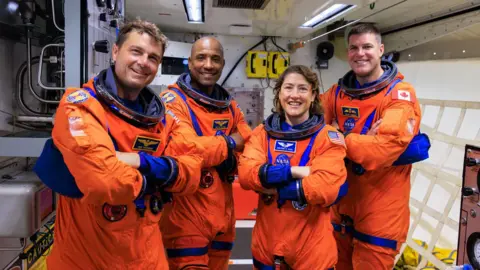
Left to Right: Nasa astronauts Reid Wiseman, Victor Glover, Christina Hammock Koch and Jeremy Hansen. Their mission around the Moon is now delayed until April 2026
US space agency Nasa has announced a further delay to its plans to send astronauts back to the Moon.
The agency's chief, Bill Nelson, said the second mission in the Artemis programme was now due for launch in April 2026.
The plan had been to send astronauts around the Moon but not land in September 2025. The date had already slipped once before, from November of this year.
That will mean that a Moon landing will not take place until at least 2027, a year later than originally planned.
The delay is needed to fix an issue with the capsule's heat shield, which returned from the previous test flight excessively charred and eroded, with cracks and some fragments broken off.
Mr Nelson told a news conference that "the safety of our astronauts is our North Star".
"We do not fly until we are ready. We need to do the next test flight, and we need to do it right. And that's how the Artemis programme proceeds."
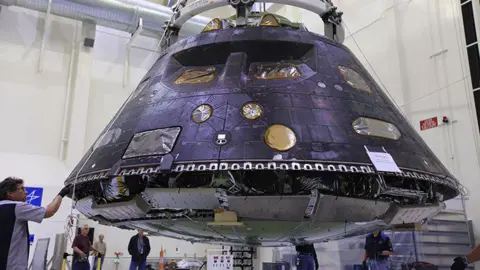
The Orion Crew module's heat shield was excessively damaged after its test flight in 2022
Mr Nelson said that engineers had got to the root of the problem and believed that it could be fixed by changing the trajectory of the capsule's re-entry – but it would take time to carry out a thorough assessment.
Nasa is in a race with the Chinese space agency, which has its own plans to send astronauts to the Moon. Mr Nelson said he was confident that the Artemis programme would reach the lunar surface first, but he called on Nasa's commercial and international partners to "double down to meet and improve this schedule".
"We plan to launch Artemis 3 in mid-2027. That will be well ahead of the Chinese government's announced intention that they have already publicly stated is 2030."
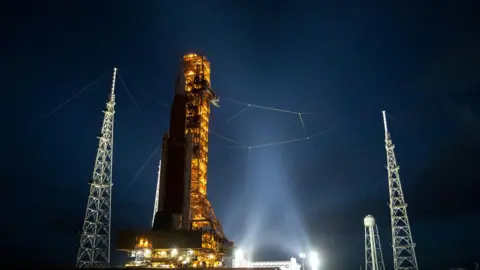
Nasa's Space Launch System (SLS) rocket and Orion spacecraft have been criticised for being expensive and slow to develop
The added delay, however, will increase the pressure on government-run Nasa – whose rocket system for sending astronauts to the Moon, the Space Launch System (SLS), has been criticised as being expensive and slow to develop.
This is in stark contrast to Elon Musk's private sector firm, SpaceX, which is surging ahead in its efforts to build its own, eventually much cheaper and reusable Starship rocket.
The nomination of Jared Isaacman by President-elect Donald Trump to take over from Mr Nelson as Nasa's head has added to growing concerns that big changes are in store for Nasa's Moon programme.
Mr Isaacman is a billionaire and close collaborator with Mr Musk, who has paid for two private sector missions which have taken him to space. His entrepreneurial approach might prove a shock to Nasa's system, according to Dr Simeon Barber, a space scientist at the Open University.
"SLS is an old-school rocket. It is not reusable like Starship, hence very expensive, and it has taken a long time to get it operational. And slow and expensive is a precarious position to be in when the incoming president, we expect, is looking to save costs.
"Isaacman is going to bring a new pair of eyes over how Nasa operates. And it's hard to predict what this combination of Isaacman, Musk and Trump might mean for Nasa as we know it."
Europe's Vega-C rocket has successfully returned to space after failing on its first commercial mission two years ago.
Europe's new Vega-C rocket was successfully launched from French Guiana on Thursday. It was the first launch of the troubled rocket since a failed flight two years ago.
After days of delays, the rocket carrying the Sentinel-1C satellite for the European Union's Copernicus Earth observation programme blasted off into space.
"Piloting is calm and the parameters on board are normal," said Jean-Frederic Alasa, Range Operations Manager, in the Guiana Space Center's control room a few minutes into the mission.
Sentinel-1C is expected to expand the use of radar imagery to monitor the Earth's environment. With 12 families of Sentinel satellites, Copernicus is the world's largest Earth observation system, according to its developers, and holds the largest repository of radar data.
What is Vega-C?
The Vega-C is an evolution of the Vega rocket, which carried lightweight satellites into space from 2012 until this autumn.
According to the European Space Agency (ESA), the new rocket can carry about 800 kilograms more payload, is cheaper and can put satellites into orbits at different altitudes. In total, the Vega C can transport more than two tonnes of payload.
In December 2022, Vega rockets were grounded after the latest model failed two and a half minutes into its second mission and first commercial flight due to a motor anomaly, destroying two Earth-imaging satellites.
The rocket was grounded for two years while the nozzle of the Zefiro 40 rocket motor that caused the failure was redesigned.
Europe's prospects in space
The new rocket is expected to play a key role in Europe's access to space after Moscow's full-scale invasion of Ukraine forced the bloc to stop using Russian Soyuz vehicles.
Previously, Europe relied on earlier versions of Vega for light payloads, Soyuz for medium payloads, and Ariane for heavy payloads.
Four-year delays to Europe's new Ariane 6 rocket have exacerbated the problem, forcing the continent to turn to rivals such as Elon Musk's SpaceX.
However, the heavy-lift Ariane 6 made a successful maiden flight in July, providing some relief to Europe's space efforts.
Four launches with Vega-C are planned for next year, followed by five more in 2026, according to ESA.
dh/kb (AFP, dpa, Reuters)
Agence France-Presse
December 5, 2024

The Proba-3 mission will emulate a solar eclipse to find out more about the Sun's mysterious outer atmosphere (Proba-2 minisatellite/ESA/AFP)
India on Thursday successfully launched into space a pair of European satellites that will create artificial solar eclipses to help scientists catch a rare glimpse of the Sun's mysterious atmosphere.
Scientists broke into rapturous applause at the Sriharikota launch site as the Indian Space Research Organization (ISRO) chief announced the spacecraft had been ejected as planned.
"The spacecraft has been placed in the right orbit," ISRO chief S. Somanath said.
The launch, originally scheduled for Wednesday but delayed by a technical fault, was for the European Space Agency's "Project for On-Board Autonomy 3" (Proba-3) mission, part of a series of "in-orbit missions to test out new technologies".
The mission, at a cost of 200 million euros ($211 million), creates artificial total solar eclipses by positioning two satellites 150 meters (500 feet) apart from each other.
The shadow cast by one satellite allows the other to observe solar phenomena while blocking out the light from the Sun itself.
"For six hours at a time, it will be able to see the Sun's faint atmosphere, the corona, in the hard-to-observe region between the Sun's edge and 1.4 million kilometers from its surface," the European Space Agency said in a pre-launch analysis.
The project will help scientists answer key questions, including why the corona is so much hotter than the Sun itself, and how the Sun's energy output changes over time.
India has emerged as a reliable and low-cost option for putting commercial spacecraft and the satellites of other countries into space.
Experts say New Delhi can keep costs low by copying and adapting existing technology, and thanks to an abundance of highly skilled engineers who earn a fraction of their foreign counterparts' wages.
The world's most populous country has flexed its spacefaring ambitions in the last decade with its space program growing considerably in size and momentum, matching the achievements of established powers at a much cheaper price tag.
In August 2023, it became just the fourth nation to land an unmanned craft on the Moon after Russia, the United States and China.
Prime Minister Narendra Modi also announced plans last year to send a man to the Moon by 2040.
© Agence France-Presse
The Conversation
December 5, 2024

Black Hole (Vadim Sadovski/Shutterstock)
Albert Einstein’s theory of gravity, general relativity, is famously incomplete. As proven by physics Nobel laureate Roger Penrose, when matter collapses under its own gravitational pull, the result is a “singularity” – a point of infinite density or curvature.
At a singularity, space, time and matter are crushed and stretched into nonexistence. The laws of physics as we know them suffer a complete breakdown. If we could observe singularities, our physical theories couldn’t be used to predict the future from the past. In other words, science would become an impossibility.
Penrose also realised nature may hold a remedy for this fate – black holes. A defining feature of a black hole is its event horizon, a one-way membrane in space-time. Objects – including light – that cross the event horizon can never leave due to the black hole’s incredibly strong gravitational pull.
In all the known mathematical descriptions of black holes, singularities are present in their core. Penrose postulated that all the singularities of gravitational collapse are “clothed” by the event horizons of black holes – meaning we could never observe one. With the singularity inside the event horizon, physics in the rest of the universe is business as usual.
This conjecture of Penrose, that there are no “naked” singularities, is called cosmic censorship. After half a century, it remains unproven and one of the most important open problems in mathematical physics. At the same time, finding examples of instances where the conjecture doesn’t hold up has proven equally difficult.
In recent work, published in Physical Review Letters, we showed that quantum mechanics, which rules the microcosmos of particles and atoms, supports cosmic censorship.
Black holes
Black holes are influenced by quantum mechanics to some extent, but such influence is normally ignored by physicists. For example, Penrose excluded these effects in his work, as did the theory that enabled scientists to measure ripples in space-time called gravitational waves from black holes.
When they are included, scientists call the black holes “quantum black holes”. These have long provided a further mystery, as we don’t know how Penrose’s conjecture works in the quantum realm.
A model where both matter and space-time obey quantum mechanics is often considered the fundamental description of nature. This could be a “theory of everything” or a theory of “quantum gravity”. Despite tremendous effort, an experimentally verified theory of quantum gravity remains elusive.
It is widely expected that any viable theory of quantum gravity should resolve the singularities present in the classical theory – potentially showing they are simply an artifact of an incomplete description. So it’s reasonable to expect quantum effects should not make the problem of whether we could ever observe a singularity worse.
That’s because Penrose’s singularity theorem makes certain assumptions about the nature of matter, namely that the matter in the universe always has positive energy. However, such assumptions can be violated quantum mechanically – we know that negative energy can exist in the quantum realm in small amounts (called the Casimir effect).
Without a fully fledged theory of quantum gravity, it is difficult to address these questions. But progress can be made by considering “semi-classical” or “partially-quantum” gravity, where space-time obeys general relativity but matter is described with quantum mechanics.
Though the defining equations of semi-classical gravity are known, solving them is another story entirely. Compared to the classical case, our understanding of quantum black holes is much less complete.
From what we do know of quantum black holes, they also develop singularities. But we expect a suitable generalization of classical cosmic censorship, namely, quantum cosmic censorship, should exist in semi-classical gravity.
Developing quantum cosmic censorship
So far, there is not an established formulation of quantum cosmic censorship, though there are some clues. In some cases, a naked singularity can become modified by quantum effects to shroud the singularities; they become quantum dressed. That’s because quantum mechanics plays a role in the event horizon.
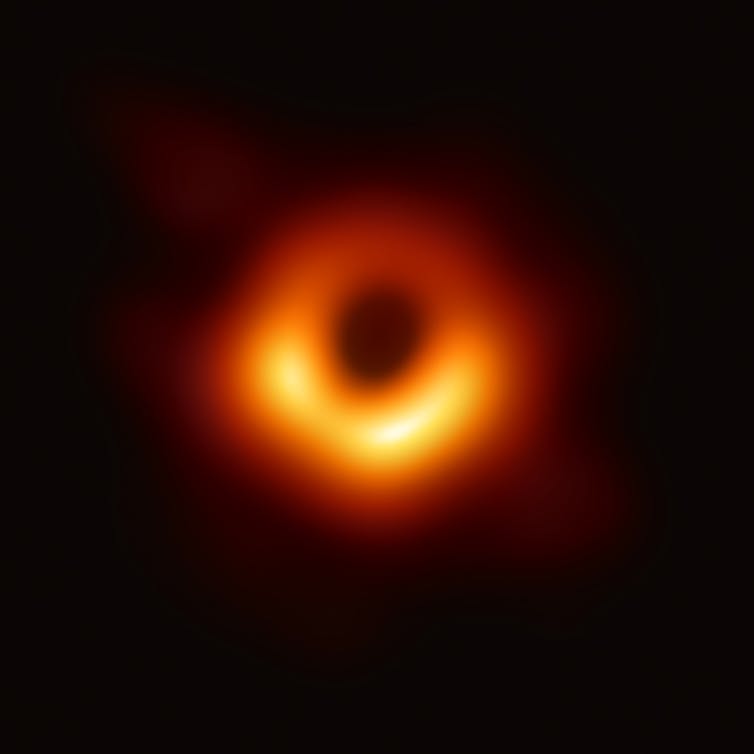
First ever image of black hole. Event Horizon Telescope/Wiki Commons, CC BY-SA
The first such example was presented by physicists Roberto Emparan, Alessandro Fabbri and Nemanja Kaloper in 2002. Now, all known constructions of quantum black holes share this feature, suggesting a more rigorous formulation of quantum cosmic censorship exists.
Intimately linked to cosmic censorship is the Penrose inequality. This is a mathematical relationship that, assuming cosmic censorship, says the mass or energy of of space-time is related to the area of black hole horizons contained within it. Consequently, a violation of the Penrose inequality would strongly suggest a violation of cosmic censorship.
A quantum Penrose inequality could therefore be used to rigorously formulate quantum cosmic censorship. One team of researchers proposed such an inequality in 2019. While promising, their proposal is very difficult to test for quantum black holes in regimes where quantum effects are strong.
In our work, we discovered a quantum Penrose inequality that applies to all known examples of quantum black holes, even in the presence of strong quantum effects.
The quantum Penrose inequality limits the energy of space-time in terms of the total entropy – a statistical measure of a system’s disorder – of the black holes and quantum matter contained within it. This addition of quantum matter entropy ensures the quantum inequality is true even when the classical version breaks down (on quantum scales).
That the total energy of this system cannot be lower than the total entropy is also natural from the standpoint of thermodynamics. To prevent a violation of the second law of thermodynamics – that the total entropy never decreases.
When quantum matter is introduced, its entropy is added to the black hole’s, obeying a generalized second law. In other words, Penrose inequality can also be understood as bounds on entropy – exceed this bound, and the space-time develops naked singularities.
On logical grounds, it was not obvious that all known quantum black holes would satisfy the same, universal inequality, but we showed they do.
Our result is not a proof of a quantum Penrose inequality. But that such a result holds in the quantum domain as well as the classical one strengthens it. While space and time may end at singularities, quantum mechanics screen this fate from us.

Andrew Svesko, Research Associate of Theoretical Physics, King's College London; Antonia Micol Frassino, Research fellow, Scuola Internazionale Superiore di Studi Avanzati; Juan F. Pedraza, Research Fellow at Instituto Fisica Teorica UAM/CSIC, Universidad Autónoma de Madrid, and Robie Hennigar, Willmore Fellow of Mathematical Physics, Durham University
This article is republished from The Conversation under a Creative Commons license. Read the original article.



.jpg)








